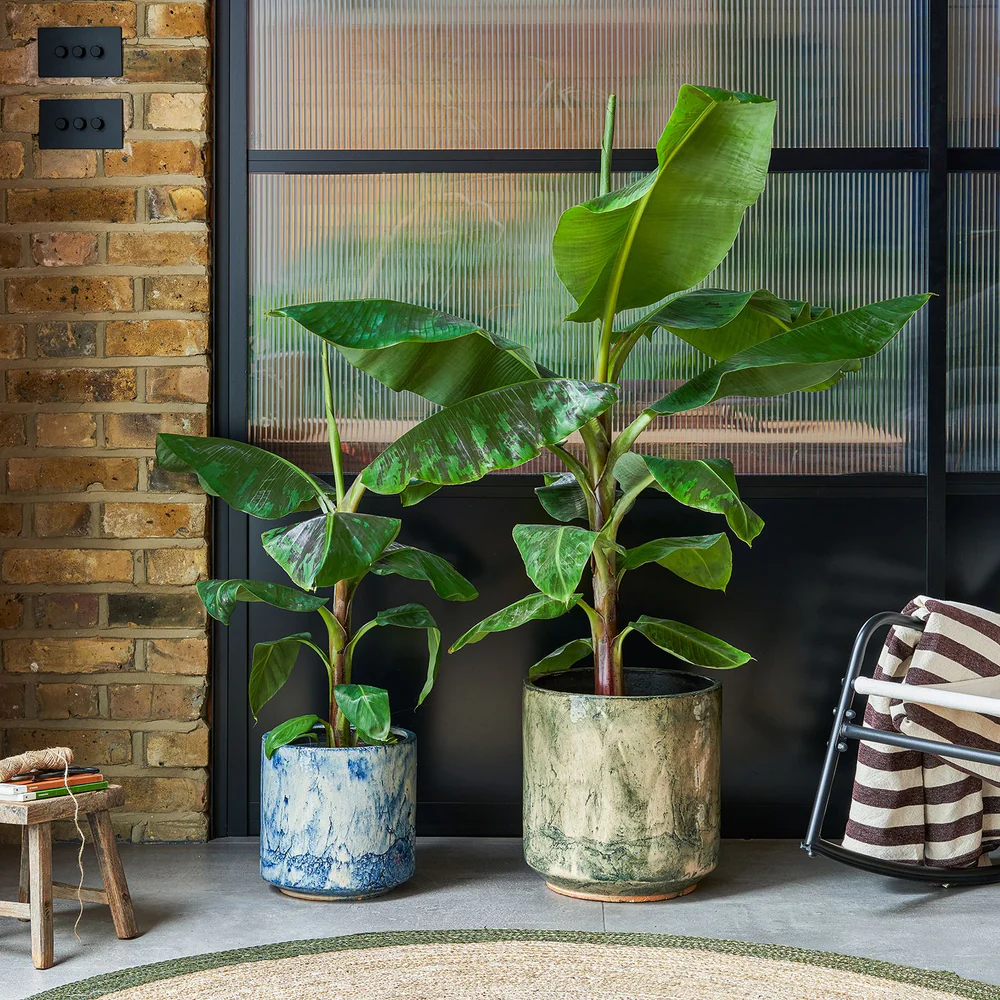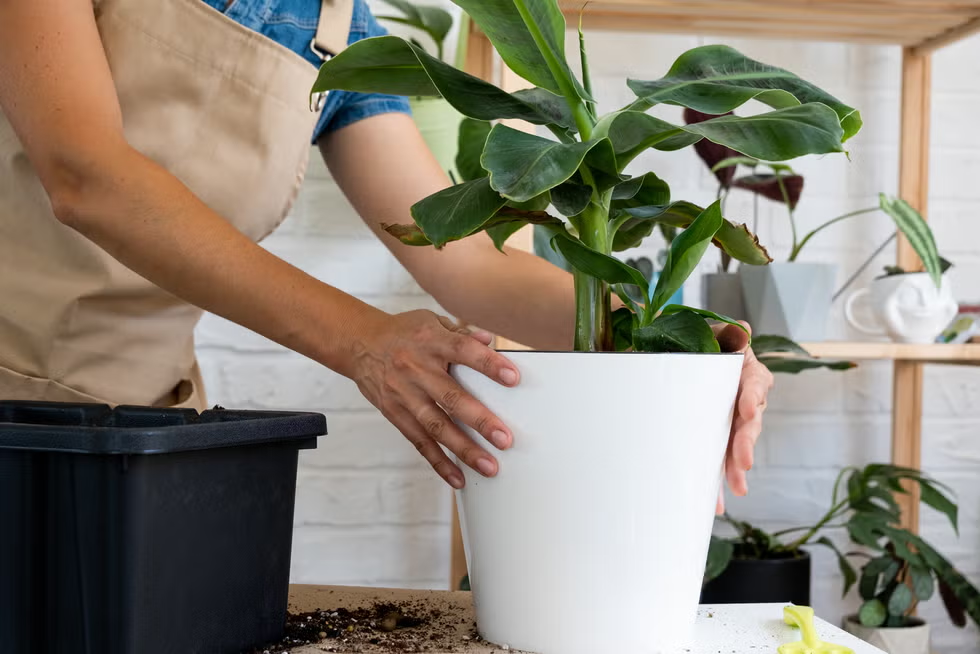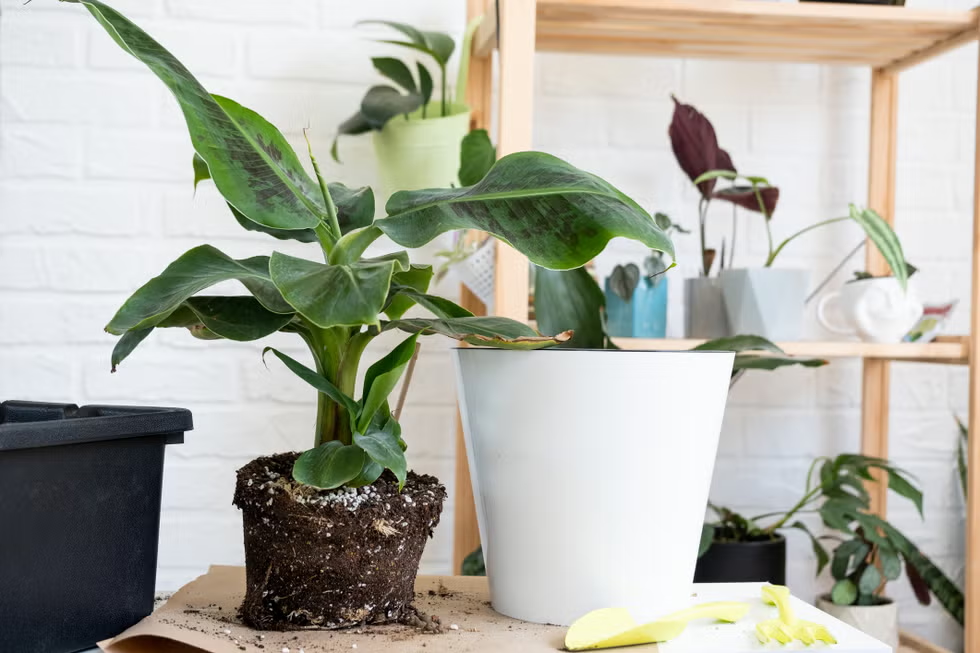The Musa plant, commonly known as the banana plant, is a striking tropical specimen admired for its lush, broad, paddle-shaped leaves and rapid growth. Native to the tropical and subtropical regions of Southeast Asia, Africa, and the Pacific Islands, Musa plants thrive in warm, humid environments with consistent moisture. While commonly grown for their edible fruit in many parts of the world, ornamental varieties of Musa are also popular for landscaping and indoor plant collections.
Whether you’re growing a banana plant outdoors in your garden or as a container plant indoors, understanding its watering requirements is critical to its health and productivity. Improper watering can lead to issues like leaf yellowing, root rot, or stunted growth. In this article, we’ll thoroughly explore how often you should water a Musa plant, factors affecting its water needs, signs of overwatering and underwatering, and best practices for keeping this lush tropical beauty thriving.
Understanding the Musa Plant’s Natural Habitat

In the wild, Musa plants grow in:
- Warm, humid, tropical regions
- Rich, well-draining soils
- High-rainfall environments where they receive ample moisture year-round
This makes them heavy water consumers but also sensitive to waterlogged roots. In cultivation, it’s important to replicate these moist yet well-drained conditions.
How Often Should You Water a Musa Plant?

1. General Watering Schedule
As a general guideline:
- During spring and summer (active growing season): Water 2–3 times per week, or more often in extreme heat or dry weather.
- During fall and winter (dormant season): Reduce watering to once a week or when the top 2–3 inches of soil feel dry.
Key Rule:
Always keep the soil lightly moist but not waterlogged.
Banana plants grow rapidly in warm, humid conditions, and their large leaves transpire significant amounts of water. Regular watering is essential to support this vigorous growth.
Factors Affecting Musa Plant’s Watering Frequency

Several environmental and situational factors influence how often you should water your Musa plant:
1. Temperature and Season
- Higher temperatures (above 26°C/79°F) increase evaporation and plant transpiration, requiring more frequent watering.
- In cooler weather (below 18°C/64°F), growth slows, reducing water needs.
Tip: Water more often during heatwaves and less during cool, cloudy days.
2. Humidity
Musa plants flourish in high humidity environments (50–70%):
- In low humidity, soil dries out quickly.
- In high humidity, soil retains moisture longer.
Tip: Mist leaves regularly or use a humidity tray in dry indoor settings.
3. Light Exposure
- Full sun or bright, indirect light promotes faster growth and higher water demand.
- Lower light levels slow growth and reduce water requirements.
Tip: Adjust watering based on light intensity. Outdoor Musa plants in sunny spots will need more frequent watering.
4. Soil Type and Drainage
Musa plants prefer:
- Rich, well-draining soil with good organic content
- A mix that retains moisture without becoming soggy
Ideal soil mix: Loamy garden soil combined with compost, perlite, or sand for improved drainage.
Tip: Avoid compacted, clay-heavy soils that retain excess water.
5. Pot Size and Material
For container-grown Musa plants:
- Larger pots hold more water and dry out slowly.
- Terracotta pots allow faster evaporation than plastic or ceramic.
Tip: Always ensure containers have adequate drainage holes.
How to Check Soil Moisture Before Watering

Important: Avoid watering on a fixed schedule without checking soil moisture. Use these methods:
1. Finger Test
Insert your finger 2–3 inches into the soil:
- If it feels dry, it’s time to water.
- If it feels moist, wait a day or two.
2. Moisture Meter
A reliable tool for accurately gauging moisture at the root zone.
3. Visual Cues
- Dry, cracked, or light-colored soil signals dehydration.
- Consistently dark, soggy soil indicates overwatering.
Signs of Overwatering and Underwatering

Recognizing early signs of improper watering can prevent serious plant stress.
1. Signs of Overwatering
- Yellowing, limp leaves
- Wilting despite wet soil
- Root rot (mushy, blackened roots)
- Fungus gnats around the soil surface
Solution:
Allow soil to dry out, improve drainage, and trim any affected roots. Adjust watering frequency.
2. Signs of Underwatering
- Drooping, crispy, or brown leaf edges
- Dry, cracked soil
- Curling leaves and stunted growth
Solution:
Deeply water the plant until excess drains out, and increase watering frequency, especially in hot, dry weather.
Best Watering Techniques for Musa Plants
1. Deep, Thorough Watering
Water deeply until excess runs out of the drainage holes (for potted plants) or until the soil feels thoroughly moist (for garden plants). This encourages deep root development.
2. Use Lukewarm, Non-Chlorinated Water
Cold or chlorinated tap water can stress the roots. Use:
- Rainwater
- Filtered water
- Tap water left to sit overnight
3. Morning Watering
Water in the morning to give the plant ample moisture during the heat of the day and reduce the risk of fungal issues.
Seasonal Watering Guidelines
| Season | Watering Frequency | Additional Tips |
|---|---|---|
| Spring/Summer | 2–3 times per week (or daily in extreme heat) | Maintain consistent moisture, increase humidity if necessary |
| Autumn/Winter | Once a week (or less in cold regions) | Avoid soggy soil; reduce watering significantly in dormancy |
Common Watering Mistakes to Avoid
- Overwatering in cool months (leading to root rot)
- Using poorly-draining, compact soil
- Ignoring environmental changes affecting water needs
- Watering on a strict schedule without checking soil moisture
- Letting soil completely dry out for extended periods
Additional Care Tips for Healthy Musa Plants
- Fertilize regularly during the growing season (every 2–4 weeks) with a balanced, water-soluble fertilizer.
- Mist leaves during dry spells or when humidity drops below 50%.
- Prune damaged or dead leaves to encourage new growth.
- Use mulch around outdoor Musa plants to retain soil moisture and regulate temperature.
- Repot container-grown plants every 1–2 years to refresh soil and accommodate growth.
Conclusion
The Musa plant is a stunning, fast-growing tropical beauty that adds a lush, exotic feel to any space. Its health and appearance depend heavily on maintaining the right moisture balance.
Generally, water your Musa plant 2–3 times per week during warm, active growing months, and reduce to once a week or less during cooler months. Always check soil moisture before watering and adjust based on environmental conditions, light exposure, and plant size. Ensure good drainage and avoid both overwatering and underwatering, as either extreme can lead to plant stress or decline.
With attentive care and mindful watering practices, your Musa plant will reward you with vibrant foliage, rapid growth, and — in some varieties — the potential for delicious fruit.





